5 Ways to Fix Outlook if It's Not Moving Emails to Folder
Oversized PST files prevent email from moving to folder
5 min. read
Updated on
Read our disclosure page to find out how can you help Windows Report sustain the editorial team. Read more
Key notes
- Several Outlook users prefer to organize their emails as this enables them quick access to information.
- But, users have recently reported Outlook not moving emails to folders.
- One of the best fixes to this problem is to clean and reset Outlook rules.

Many users have recently reported Outlook not moving emails to folders permanently even after they try to move them out of the inbox.
There are several reasons for Outlook not moving multiple emails to a folder. When the emails you want to copy are already in use in another destination, you may encounter the Outlook not moving emails to folder issue.
If you encounter this problem, worry less, as this article provides the best troubleshooting tips and fixes.
Why is Outlook not moving emails to folder?
One of the primary reasons Outlook is not moving emails to a folder is a large PST file, which can occur when the Outlook app terminates abnormally while the file is still open.
This happens when Windows or the Outlook app crashes or the machine powers down unexpectedly. Additionally, the system Antivirus app may perform a threat check on Outlook files, causing this problem.
Also, when a rule is corrupted, it can affect the copying/moving of emails to a public folder.
If you don’t know how to create and use categories in Outlook, the highlighted guide will provide the information you need.
How do I force emails to a folder in Outlook?
1. Create Inbox Rules
- Right-click the specific message you want to set a rule for in your message list.
- Click on Message and select Rules.
- Click on the From (sender) check box in the Create rule dialog box.
- Then, choose your preferred folder to which messages from the sender will get moved, then click OK twice.
And the rules will be applied to your incoming messages. This should fix your Outlook not moving emails to folder rule.
2. Repair Corrupt PST Outlook File
It provides mailbox recovery with a complete structure like folders, inboxes, contacts, drafts, journals, etc. This tool will process all files and remove any existing corruption.
- Start the Microsoft Outlook client and click on the File.
- Click on Account Settings.
- Click on the Data Files tab in the Account Settings window.
- Highlight the Outlook data file (.PST), then click on Open File Location.
- Right-click on the PST file, then click on Properties.
- If your PST file has grown more extensive, you can repair it with an inbuilt utility known as Scanpst.exe.
- Exit Outlook and check for Scanpst.exe in the specified Outlook location below:
Outlook 2019: C:\Program Files (x86)\Microsoft Office\root\Office19Outlook 2016: C:\Program Files (x86)\Microsoft Office\root\OffiRepairOutlook 2013: C:\Program Files (x86)\Microsoft Office\Office15Outlook 2010: C:\Program Files (x86)\Microsoft Office\Office14Outlook 2007: C:\Program Files (x86)\Microsoft Office\Office12 - Open the exe file and click Browse to open the corrupt PST file.
- To begin scanning, click on the Start button.
- Click on Repair to fix the errors displayed.
- After the Repair, launch Microsoft Outlook with the repaired PST file.
You can now open Outlook to check whether the error is fixed.
3. Create a new Outlook profile
- Start the Microsoft Outlook client and click on the File.
- Select Account Settings and then click on Manage Profiles.
- Right-click to Show Profiles and click on Add button.
- Set a new name for the Profile in the Profile name box, then click on the OK button to confirm.
You can now check if the outlook emails moved to folders still appear in the inbox.
4. Clean All Rules for your email
- Close the Outlook client.
- Press Windows + R to begin the Run prompt.
- Type in outlook.exe /cleanrules in the prompt and press Enter.
This should delete all your rules, even where you have overlapping rules. Then, you can set new rules.
5. Restart Outlook
- Hold down the Ctrl and Alt keys together and press the Delete key.
- Click Task Manager on the new screen.
- Right-click on Outlook in the list of running programs, then click on End Task to close Outlook.
- Restart Outlook and check if the issue is fixed; if not, you can troubleshoot the Outlook client.
- Press Windows + R and enter outlook.exe /resetnavpane in the Run dialog box.
- Press Enter to run Outlook.
You can work through any fixes above to know which works best for you.
Why are my Outlook folders not syncing?
This could result from poor internet connectivity or some other reasons that the content and folders in Outlook do not get updated automatically.
Hence, it will prevent Outlook from syncing the folder. Also, if the OST files are corrupt, the offline works may not sync with the other folders when the connection is turned on.
Syncing might also be responsible for creating duplicate emails. Our guide on how to delete duplicate emails in Outlook will help you fix that.
These are the best fixes for Outlook not moving emails to folder problems. Once the steps highlighted have been followed, all your emails should sync without hassles.
You can also check our detailed guide on fixing disappearing emails if you find some of your emails are missing on Outlook.
If you have managed to fix the issue, you might also be interested in reading our guide on how to color code Outlook emails for better viewing.
Leave your comments and suggestions in the section below. We’d like to hear from you.













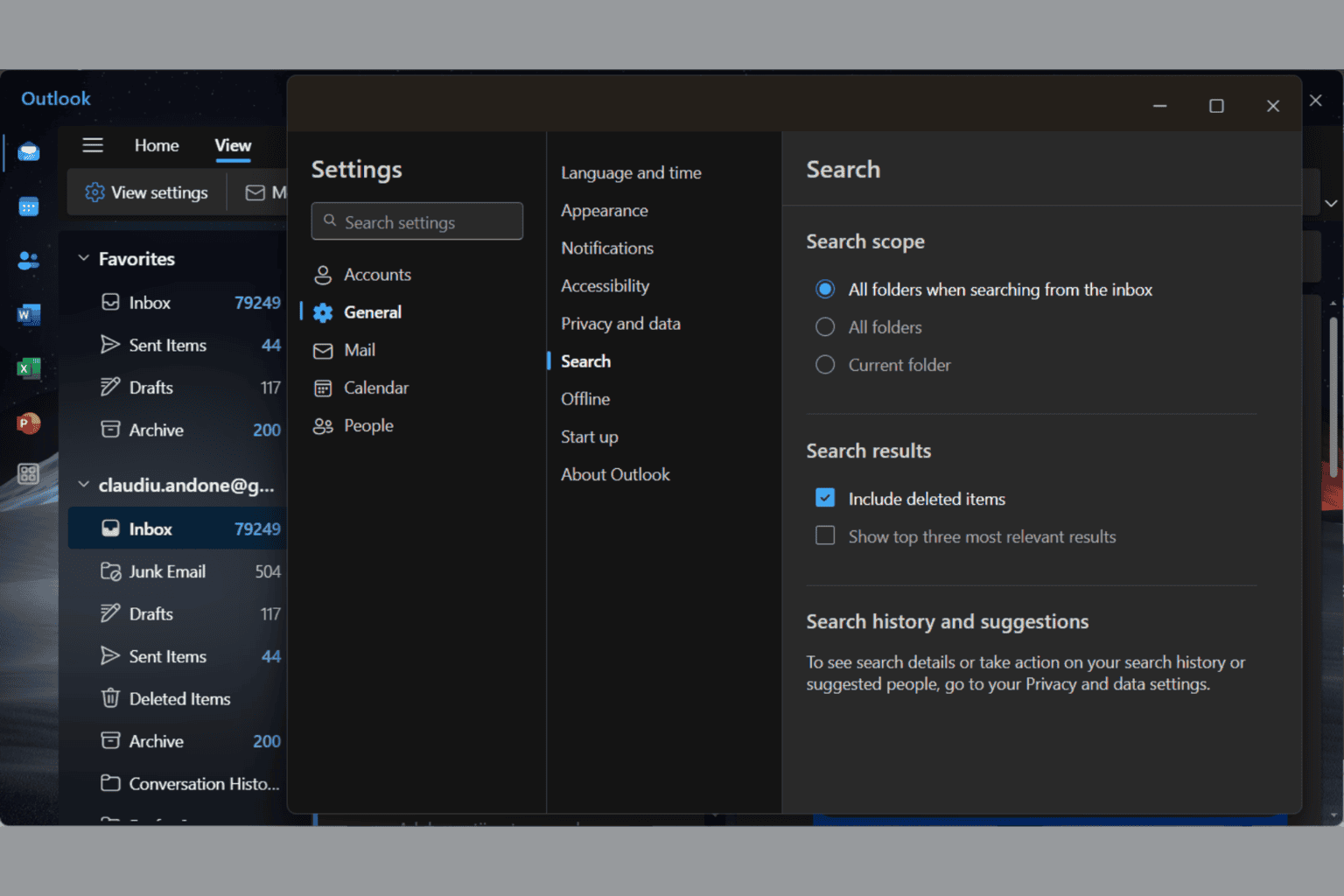
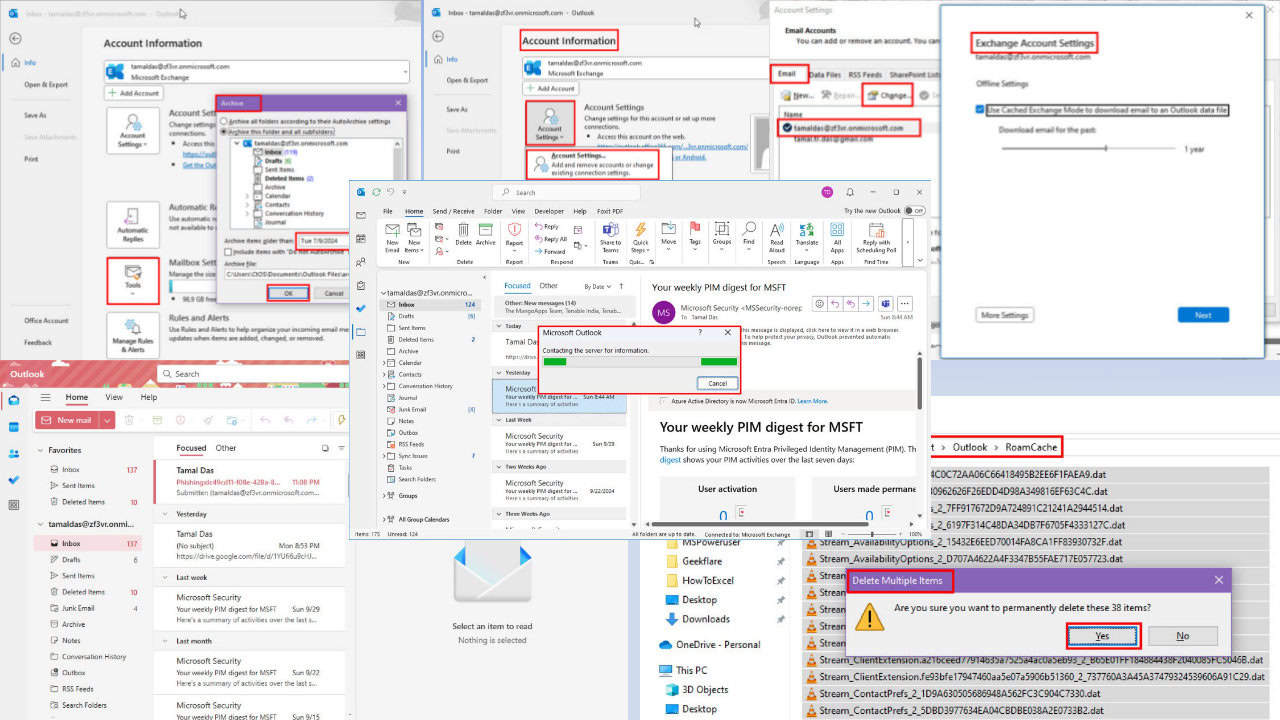
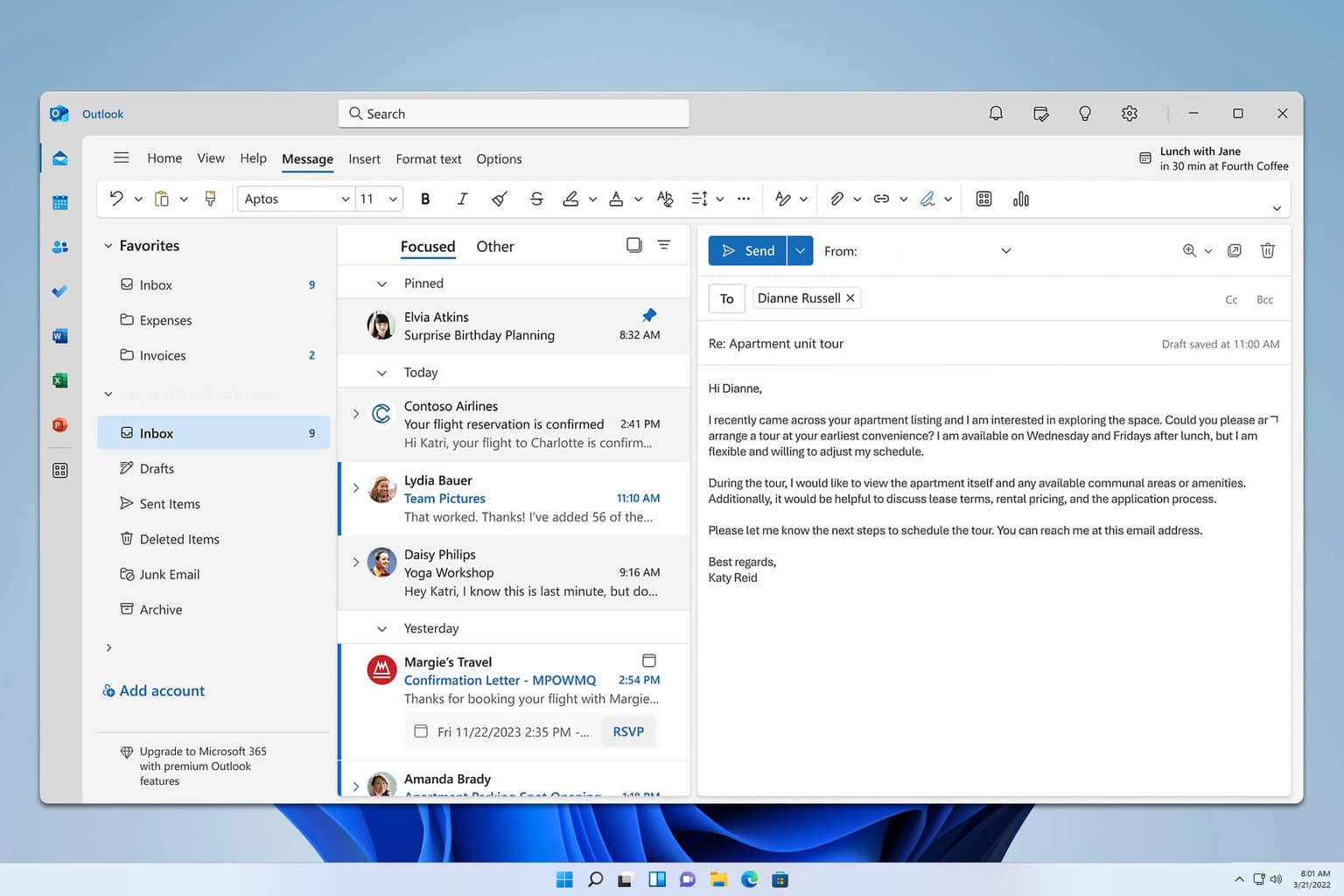
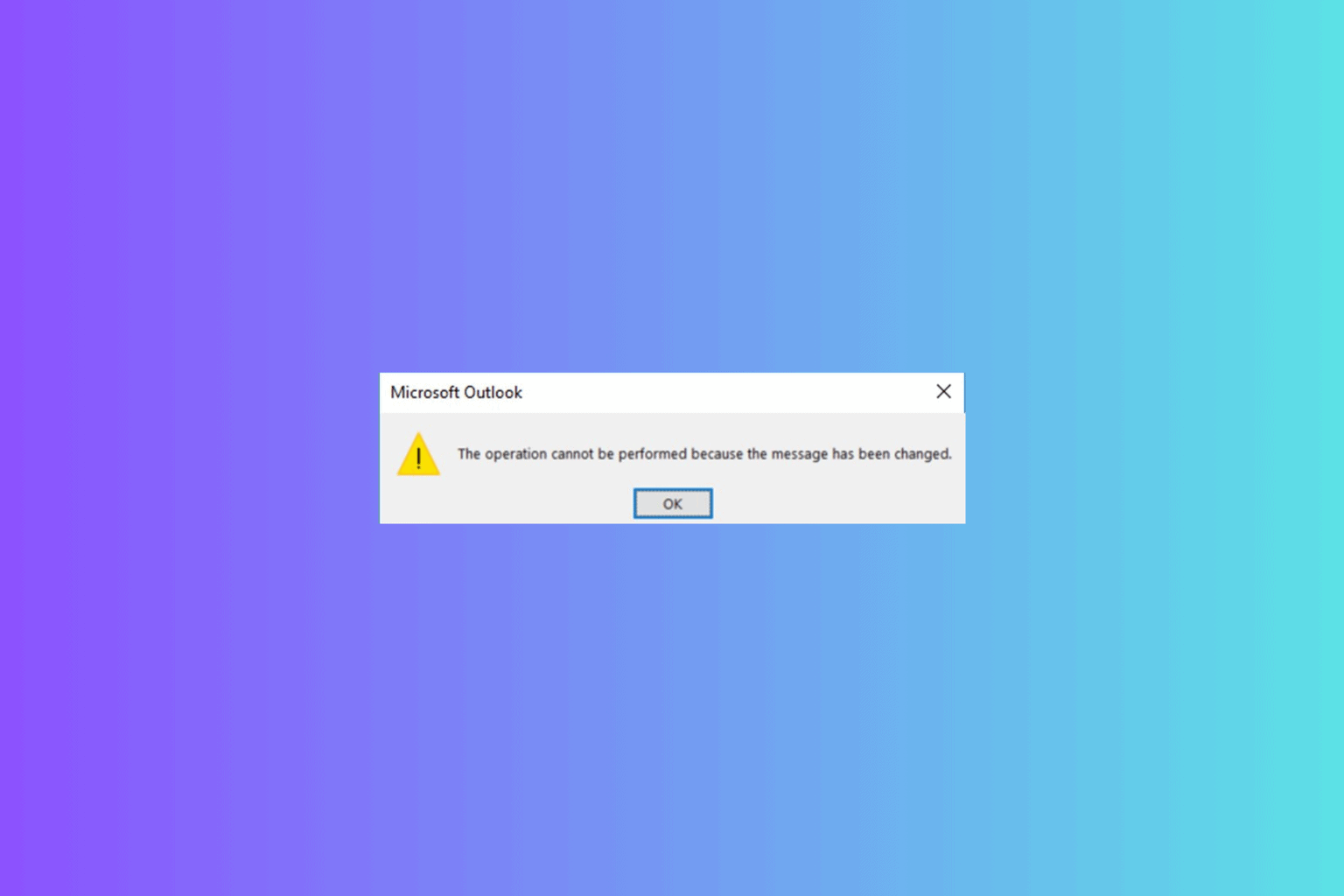
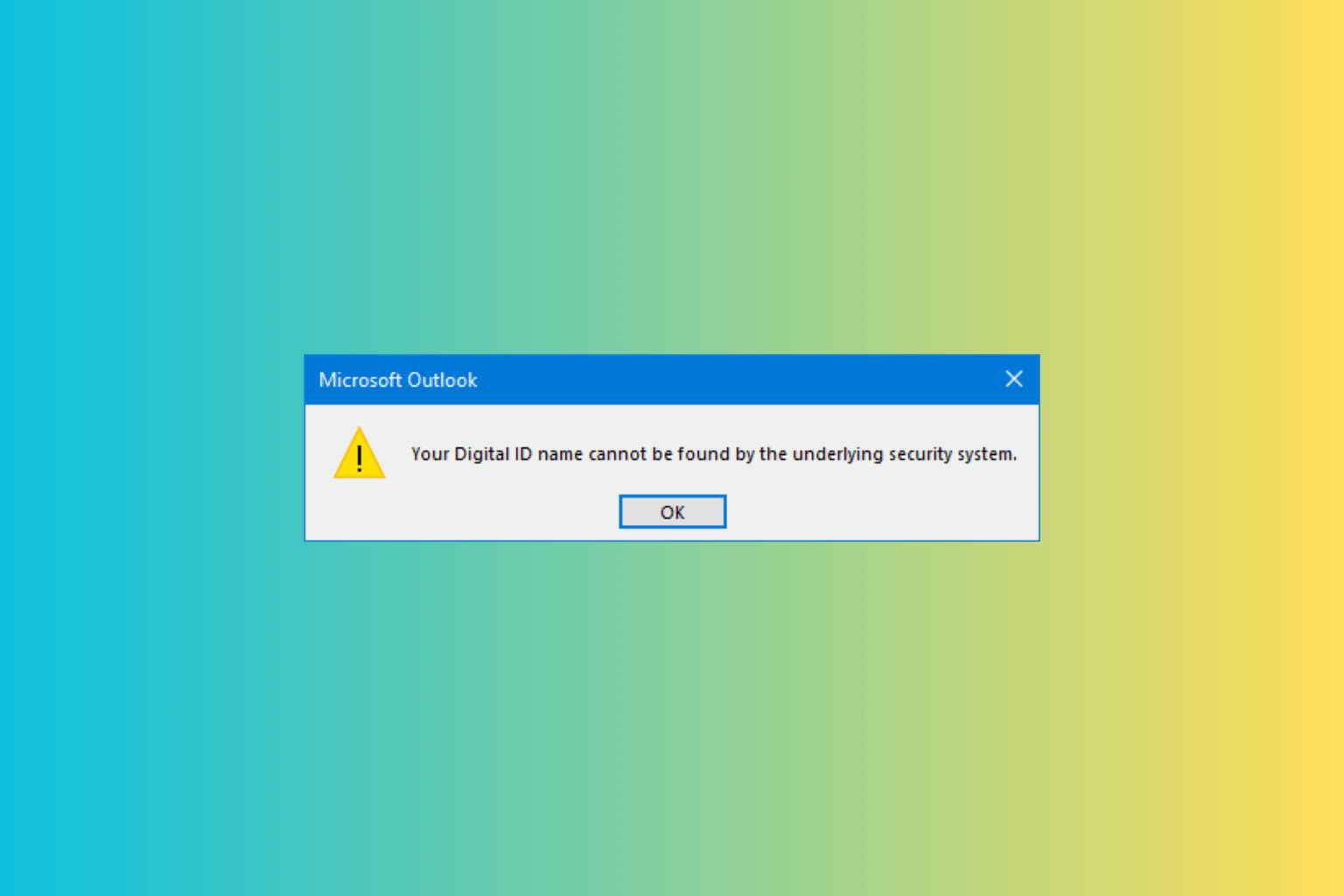
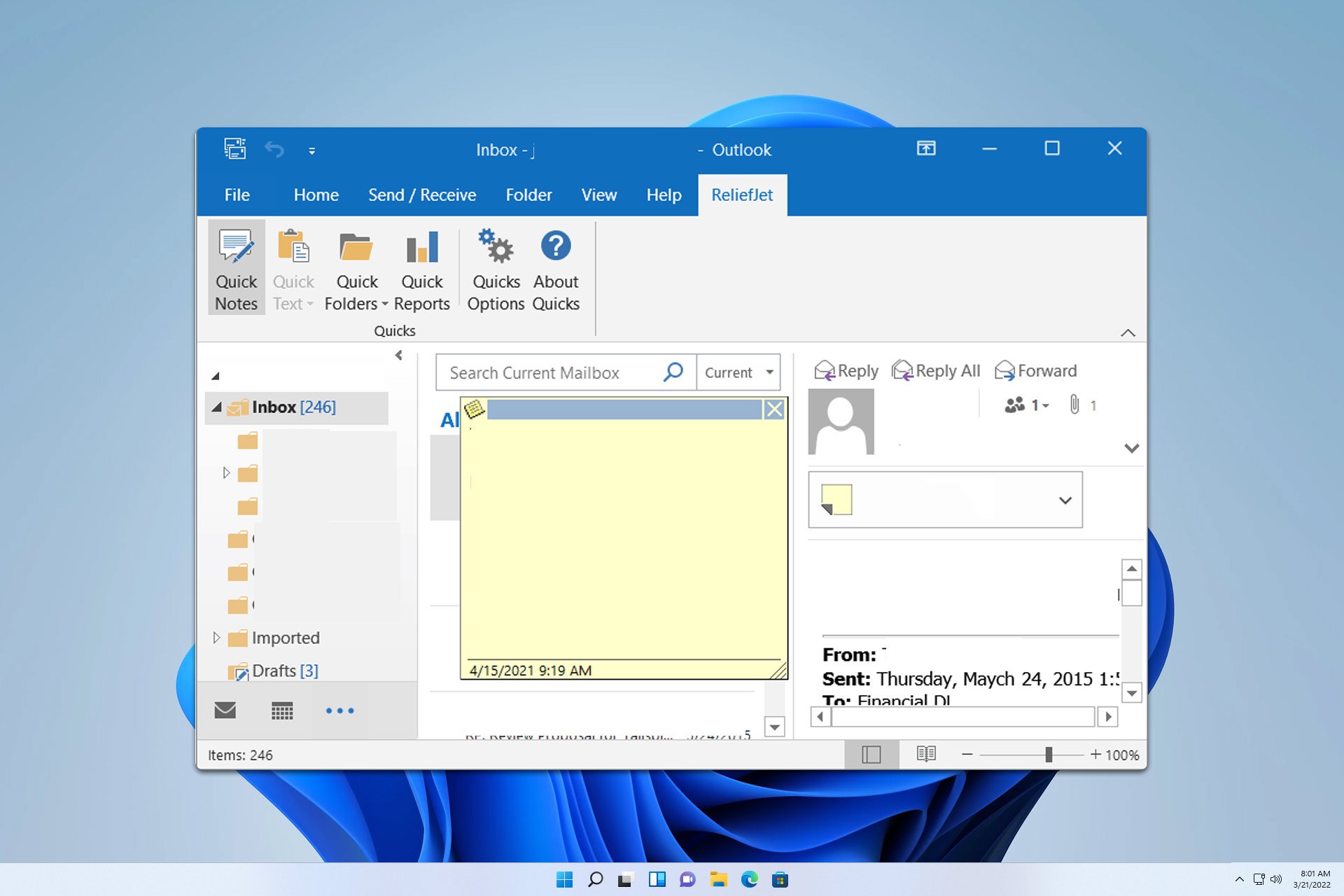
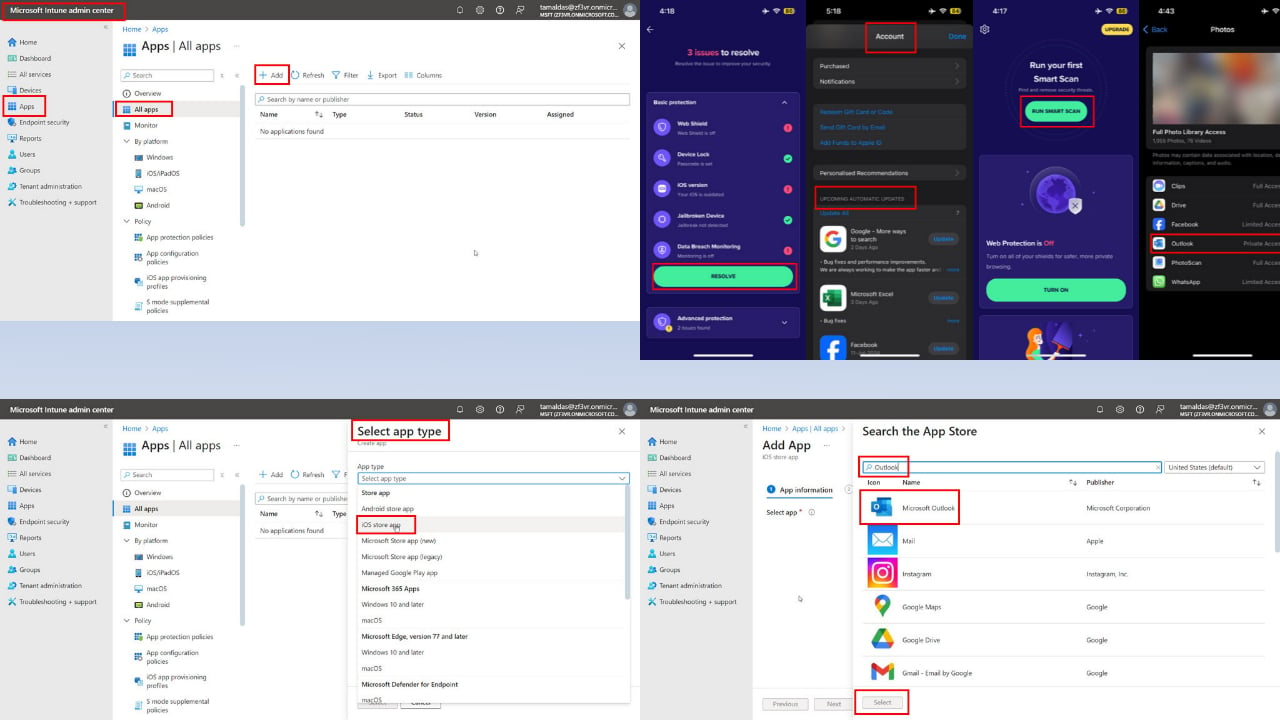
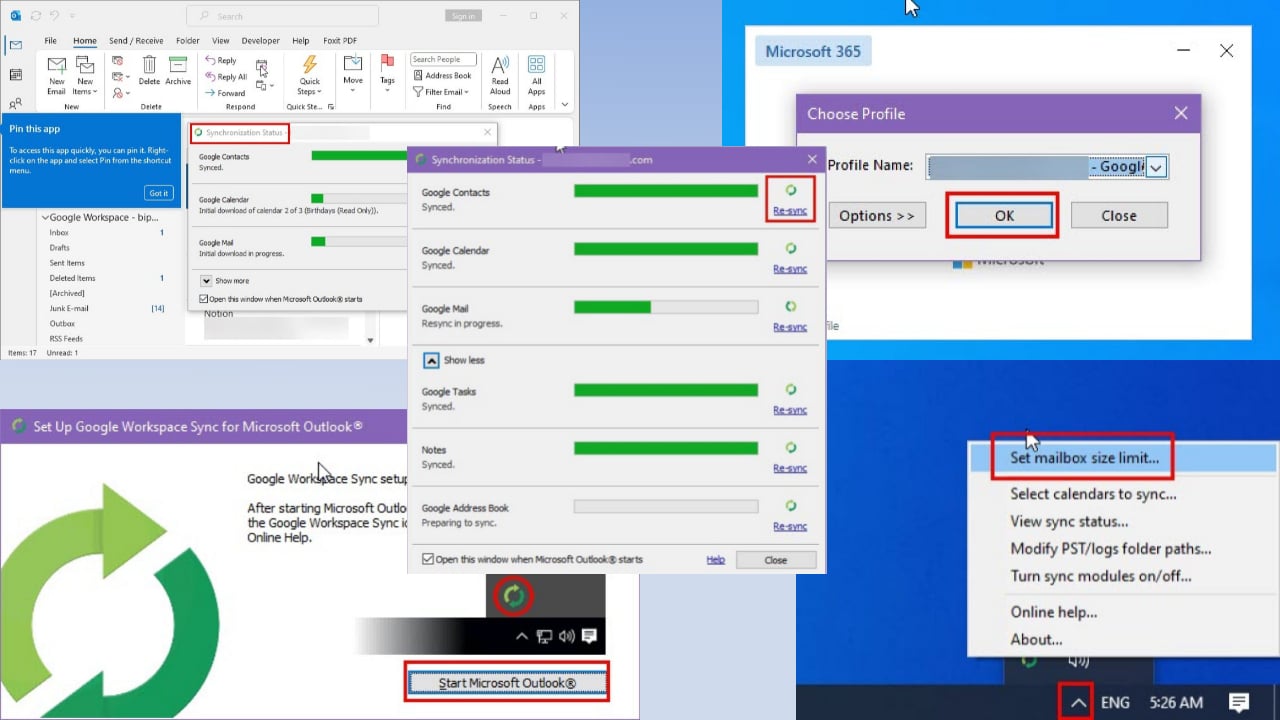
User forum
0 messages